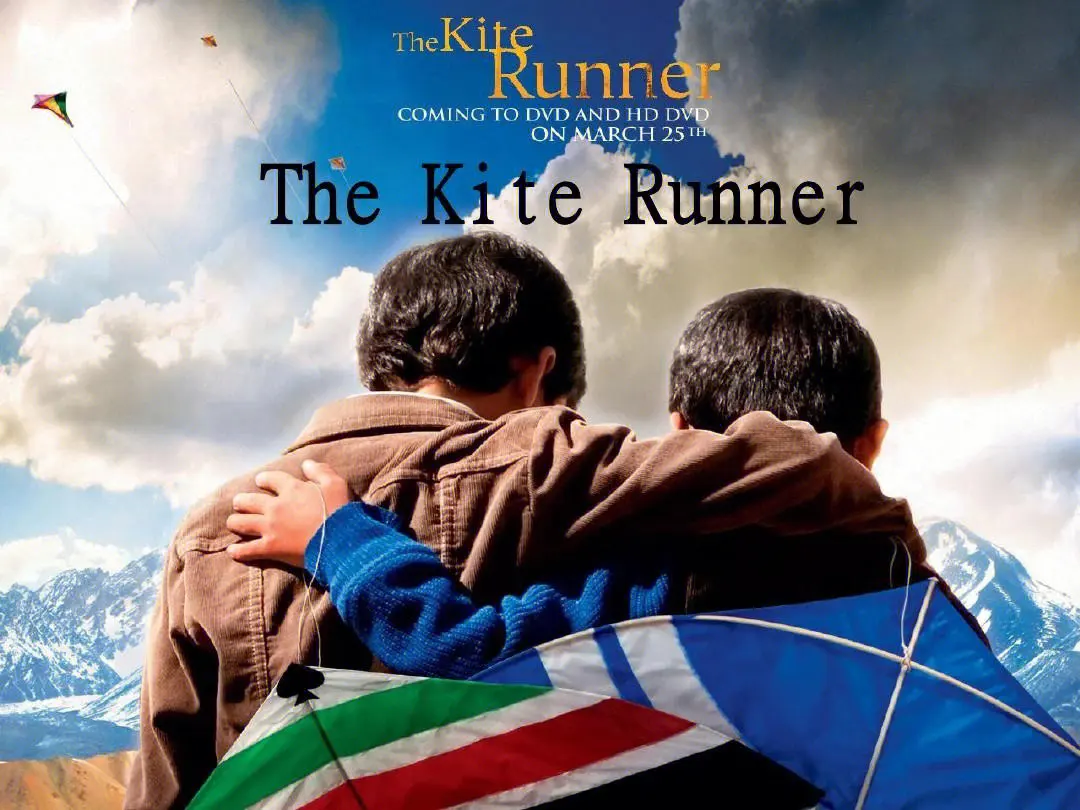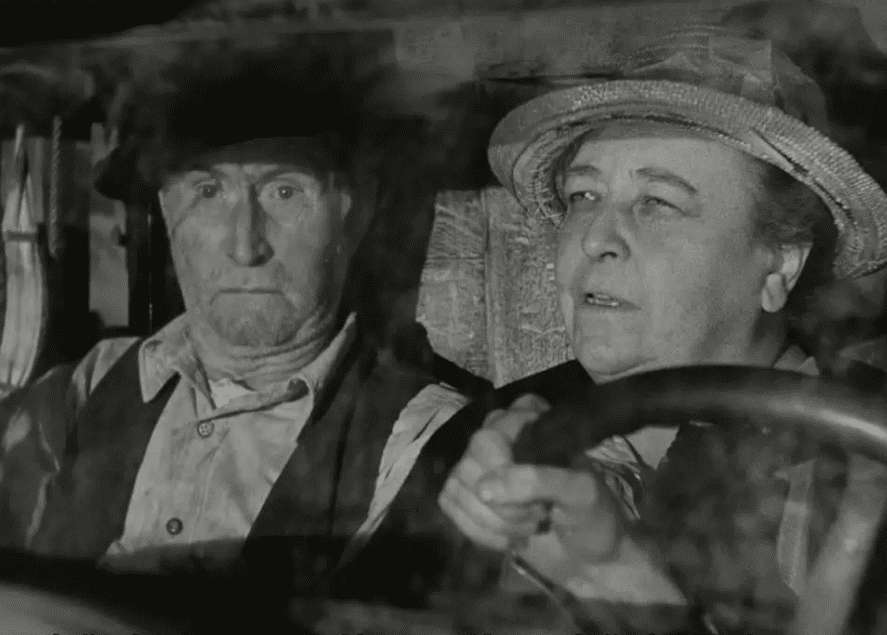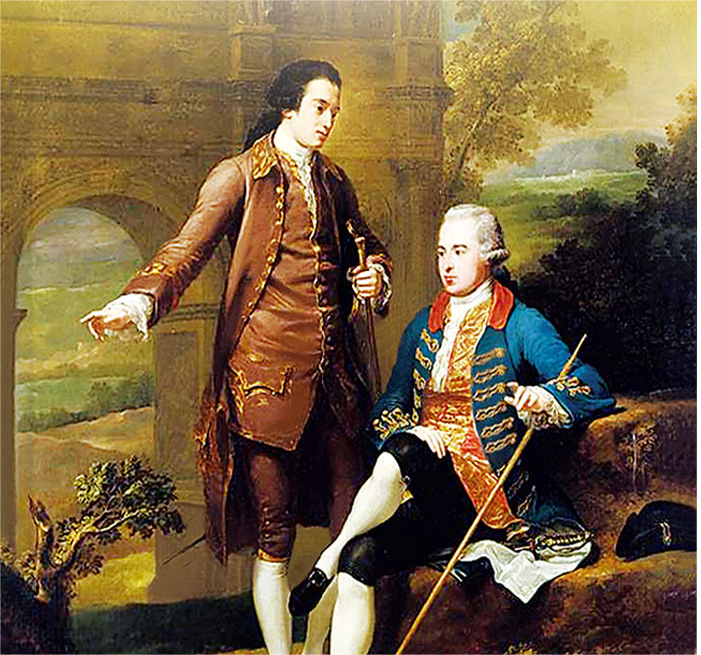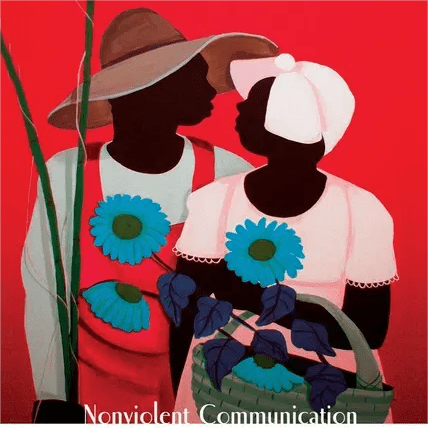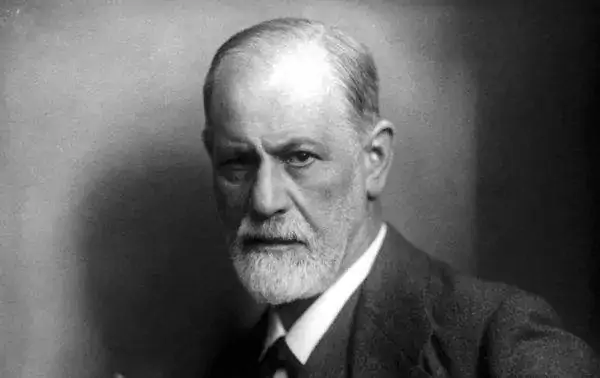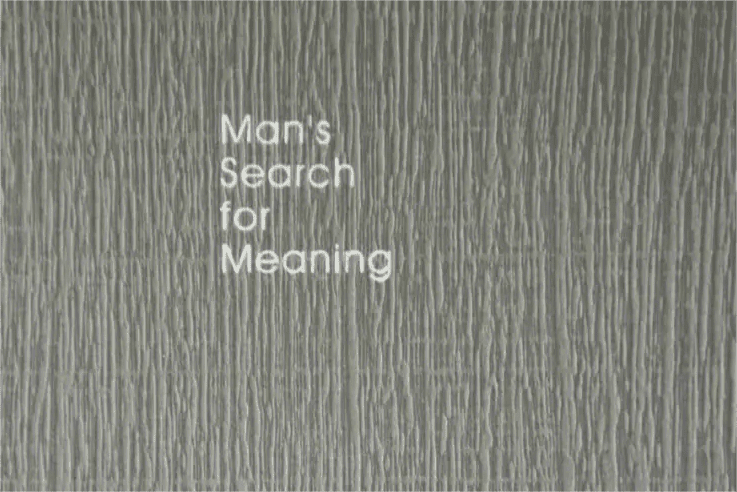The Kite Runner is AfghAn-American author Khaled Hosseini’s first full-length novel. It was published in 2003 and reached number three on the US bestseller list in 2005. The story revolves around a kite race and follows Amir, a young boy from a wealthy Afghan family, and Hassan, the family’s servant.
In addition to the betrayal and redemption of human nature revealed by the story itself, there is a more important point, that is the social background of the story. The devastation that three decades of war have wrought on Afghanistan, and on the people who live there.
Novels are the epitome of real life, they are derived from reality, because the author’s artistic expression in turn directly to the essence of reality. In real life, the Hosseini family moved to the United States to escape the war in Afghanistan. The war had driven him from his native land, but his heart was always occupied with that land and the flesh and blood of his countrymen who lived there.
Thus, we now have the book, “The Kite Runner”. ‘Since the book was published, it has become popular all over the world,’ Mr. Hosseini said. ‘You can imagine my surprise.’ Much of “The Kite Runner” takes place in the 1970s, a period when the world was rife with misconceptions and prejudices about Afghanistan, and Afghans were even more discriminated against. But I am deeply honored when readers tell me that reading this novel has given them a concrete understanding of Afghans, and that they no longer see my country as anything more than a miserable, troubled, disaster-stricken land.
Before we get into the story, let’s look at the title of the book. What does it mean to run a kite? Why do you run a kite? Reading the story, it is easy to know that kite fighting is an ancient winter custom in Afghanistan. Every winter, kite competitions are held in various districts of Kabul, starting early in the morning and ending with only one winning kite in the air. During the competition, the children’s kite fighting is as fierce as fighting the enemy on the battlefield.
Fly your kite, cut your opponent’s line, and when there is only one kite left in the sky, you will be the winner of the glory. And the kite runner, who catches the last kite to fall in the sky, that will be his biggest reward.
In the book, every year in the competition, Amir went all out, but this time he won the final winner of the kite fighting competition. What’s more exciting is that his assistant Hassan helped him chase the last kite.
Indeed, Hassan was the best kite runner of all, and when Amir Agha gave the order, there was hardly a kite he could not catch. The same is true this time. So since the story is about two children, and Hassan, though not insignificant, is the most important character, so the title is naturally named after him, “The Kite Runner.”
Amir and Hassan, though very different in status, did grow up together. Although Amir did not regard Hassan as a friend, they had a “brotherly” friendship between them, having been fed by a nurse. This friendship, however, was not a true, affectionate one for either of the children.
To Amir, the young master, Hassan was only his servant, though sometimes they played so well. For Hassan, there was nothing but respect and deference for Amir. As he often said: For you, a thousand times over. This is also a normal relationship between master and servant.
However, the breakdown of their friendship was due to the contrast in their personalities, an unhealthy dislike for Hassan in Amir Agha’s heart. He hated Hassan for having a brave character that he didn’t have, and his father, who disliked his character, was especially friendly to Hassan. In order to get his father’s love, he goes all out to win the competition, and because he can’t bear the insult Hassan suffered in order to get the kite back for him, and the shadow left in his mind, he finally set a trap, let his father for Hassan’s “stealing” to drive his father and son out of the house.
Then came one war after another, and eventually his father took Amir with him, and he and Hassan never saw each other again. In the next twenty-six years, memories never let him go, conscience never left. And, of course, Hassan’s words: For you, a thousand times over.
At the end of the story, Amir, with the help of his friends, returns to Afghanistan and walks on the road of self-redemption. However, he did not see Hassan, but got the news that Hassan and his wife died in the war. Through his grief, he found Hassan’s son and defied all obstacles to bring him back to the United States for adoption.
Aside from the social background of the story, just the fate of the two. Although they grew up playing together, they were born into different masters and servants. But what a trick fate had played on Amir, the fact that the two boys who had grown up on a nurse’s milk, who had been “as close as brothers,” were really brothers! When he knew the truth, the tall image of his father also “collapsed” instantly, with more guilt and regret for Hassan in his heart.
And Hassan, simple persistent seems a little “lucky” Hassan does not know this, good! He did everything for his master, and no matter how much injustice and insult he suffered, he could not change his loyalty and friendship to Amir. In his heart, Amir was sacred, and he was faithful to him until death: for you, a thousand times over.
While reading the story, I kept thinking, what on earth caused these two children’s tragedy? Is it war? It does play a role in the separation of time and space between two people, but it doesn’t seem to be the main or the only reason.
Their father, for more than ten years, watched helplessly as his two sons were one master and one servant, but because of the pressure of social morality and public opinion, he could not do anything practical. He was honest and sincere all his life, but he betrayed his servant Ali, who grew up with him and did not regard him as a friend in his heart. In this way, he and his son Amir are alike. Fortunately, in the story, the benevolent author lets them each find a way to redeem themselves.
Two generations of betrayal and redemption, denounce the innate selfishness of human nature, praise the natural goodness of human nature. As Rahim, a mutual friend of Amir and his father, said: Those who have no conscience and no virtue do not suffer. Therefore, I believe that we as readers will forgive Amir, and will be impressed by his father’s silent atonement for what he did, and his great personality.
Finally, there was Hassan and his father. Their fate is given by Allah. Ali has been an inferior person since childhood. His parents were hit and killed in the street by a rich man’s car, and he became an orphan unfortunately. Fortunately, he was adopted by Amir’s grandfather as a judge, so he became a servant of his grandfather’s family and grew up with Amir’s father. Hassan was not his son, and this was yet another twist of fate for him, showing the unspeakable status and position of the lower class. Hassan, however, is no better than his adoptive father, Ali. He is the child his real father could not acknowledge, and he has to endure the humiliation of living in a humble world.
This is caused by the backward social system, but also the current society does not allow. We hope that every corner of the earth we live in will be filled with peace, justice and justice, and even more hope that discrimination and inequality between people will never exist again. This is the author’s original intention in writing this book. It is shown in the ending of the story where Amir leads Hassan’s son home for reunion.


